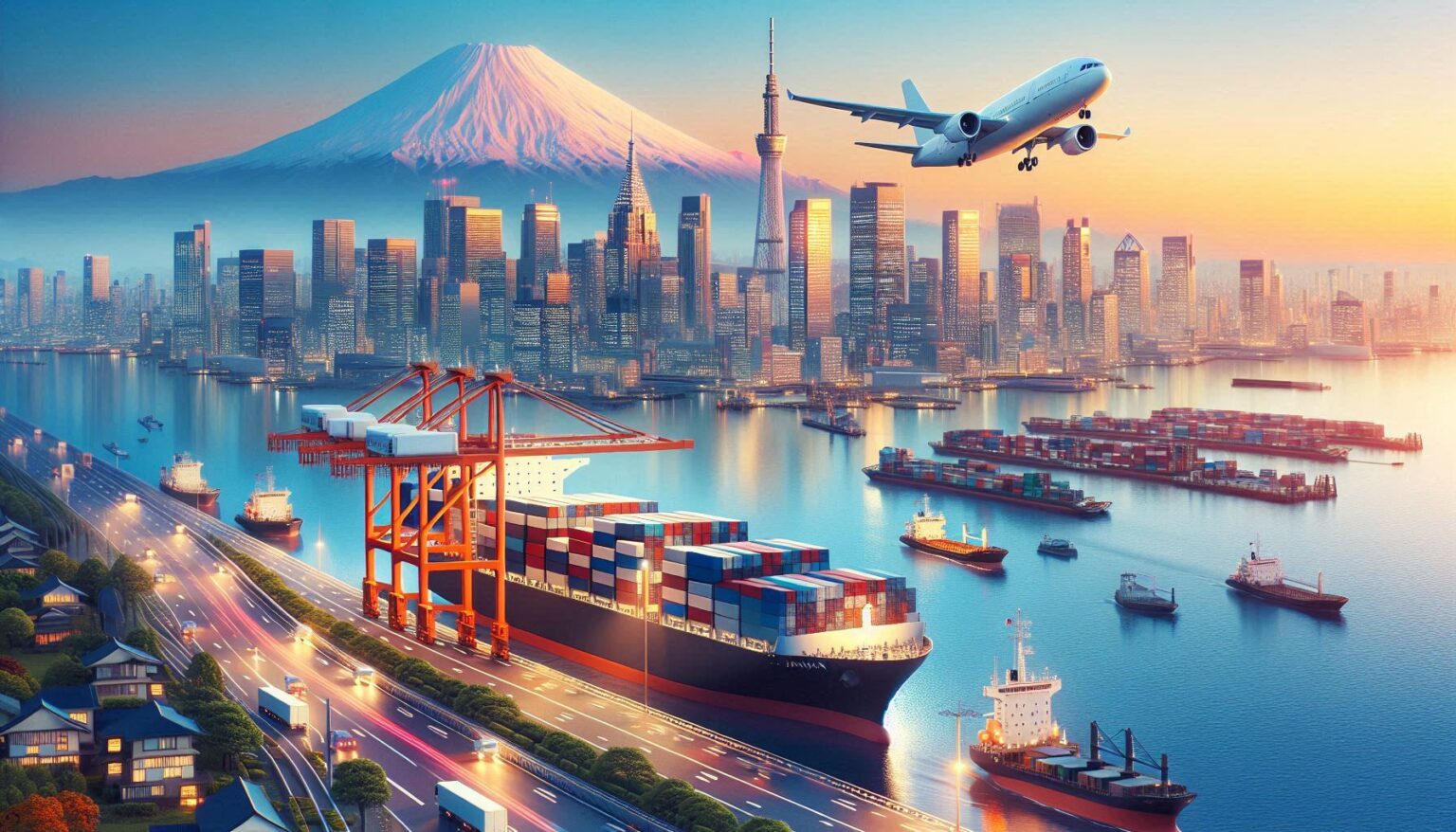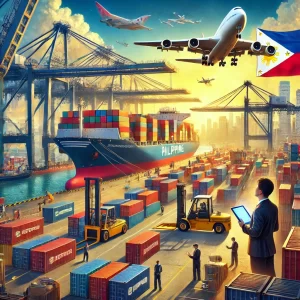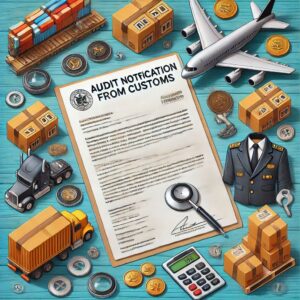Shipping from Japan internationally can be a daunting task, but with the right information and preparation, it becomes a smoother process. If you’re considering shipping from Japan to the Philippines, understanding the key aspects of international logistics can make a significant difference. This guide will walk you through the essentials of shipping between these two vibrant countries, covering everything from choosing the right service to understanding customs regulations.
Japan’s primary exports include advanced technology and machinery, such as semiconductors, robotics, and automotive components. High-quality electronics, including cameras and smartphones, also feature prominently. Additionally, Japan exports precision instruments and pharmaceuticals. These products reflect Japan’s focus on innovation and quality, bolstering its global trade presence and driving economic growth through its diverse and technologically advanced export offerings.
Options When Shipping from Japan
When it comes to shipping from Japan to the Philippines, you have several options depending on your needs—whether it’s speed, cost, or the nature of the goods. Here’s a quick overview:
a. Air Freight:
- Speed: Fastest option, typically taking 3-7 days.
- Cost: More expensive compared to sea freight.
- Best For: High-value items, urgent shipments, or smaller quantities.
b. Sea Freight:
- Speed: Slower, usually taking 2-4 weeks.
- Cost: More economical for large or heavy shipments.
- Best For: Large volumes, bulky items, or when cost is a major concern.
c. Express Couriers:
- Speed: Very fast, usually within 3-5 days.
- Cost: Premium pricing.
- Best For: Time-sensitive deliveries and smaller packages.
d. Standard Postal Services:
- Speed: Varies, often 1-3 weeks.
- Cost: Generally more affordable for smaller packages.
- Best For: Low-value items or personal shipments.
Subscribe to the Ex-works24/7 newsletter
Choosing a Shipping Company
Selecting the right shipping company can greatly impact your experience. Here are a few well-regarded options to consider:
a. Major International Couriers:
- Courier Companies: Known for reliable service and tracking options.
- Pros: Fast delivery, extensive tracking, and customer support.
- Cons: Higher costs, especially for express services.
b. Freight Forwarders:
- Companies: Ex-works Cargo, and local forwarders with expertise in Japan-Philippines routes.
- Pros: Customized solutions, often more economical for large shipments.
- Cons: Requires more coordination and potentially longer lead times.
c. Japanese Postal Service (Japan Post):
- Service Options: EMS (Express Mail Service) and SAL (Surface Air Lifted).
- Pros: Competitive rates, especially for smaller parcels.
- Cons: Longer delivery times compared to express couriers.
Preparing Your Shipment: Shipping from Japan
Proper preparation is crucial to ensure your shipment arrives safely and efficiently. Here are key steps to follow:
a. Packaging:
- Ensure: Use sturdy, appropriate-sized packaging to prevent damage.
- Labeling: Mark the contents and provide a detailed description.
b. Documentation:
- Commercial Invoice: Provides details about the contents, value, and purpose of the shipment.
- Packing List: Details the items in the shipment.
- Certificate of Origin: Sometimes required, especially for high-value goods.
c. Customs Declarations:
- Duties and Taxes: Be aware of import duties and taxes applicable in the Philippines.
- Regulations: Check for any restrictions or requirements for specific goods.
Shipping from Japan and Customs Regulations
Navigating customs can be complex, but understanding the basic requirements will help:
a. Import Duties:
- Customs Duties: The Philippines imposes import duties based on the type and value of goods.
- VAT: Value Added Tax (VAT) may also apply.
b. Restricted and Prohibited Items:
- Check Regulations: Ensure your goods comply with Philippine regulations.
- Permits: Some items may require special permits or certifications.
c. Customs Broker:
- Assistance: Consider hiring a customs broker to manage the clearance process and ensure compliance with local laws.
Tracking Your Shipment
Most modern shipping services offer tracking capabilities. Here’s how to stay updated:
a. Tracking Numbers:
- Obtain: Use the tracking number provided by your shipping company to monitor progress.
b. Online Tracking:
- Websites: Use the shipping company’s website or app to get real-time updates.
c. Notifications:
- Alerts: Set up notifications for delivery updates or issues.
Final Considerations
a. Insurance:
- Coverage: Consider insuring valuable items to protect against loss or damage during transit.
b. Delivery Options:
- Door-to-Door: Many services offer direct delivery to your specified address in the Philippines.
- Pickup: Alternatively, you can arrange to pick up your shipment from a local office.
Conclusion: Shipping from Japan to the Philippines involves several steps, but with the right approach, it can be a seamless process. By choosing the right shipping method, preparing your shipment properly, and understanding customs regulations, you can ensure a smooth experience. Whether you’re sending personal items or business goods, this guide will help you navigate the complexities of international shipping with confidence. Safe shipping!
Frequently
Asked Questions
The primary shipping options include air freight, sea freight, and courier services. Air freight is faster but more expensive, while sea freight is more economical for larger shipments but takes longer. Courier services offer a balance of speed and convenience for smaller packages.
Importing goods into the Philippines requires compliance with customs regulations, including providing a commercial invoice, packing list, and any necessary permits or licenses, depending on the type of goods. It's also essential to ensure that the goods meet Philippine standards and regulations to avoid delays or additional fees.
Shipping times can vary based on the method chosen. Air freight usually takes 3 to 7 days, while sea freight can take anywhere from 1 to 3 weeks. Courier services often deliver within 3 to 10 days, depending on the service level selected.
Shipping costs depend on several factors, including the shipping method, weight and size of the package, distance, and any additional services (like insurance or expedited shipping). Sea freight is generally the most cost-effective for larger shipments, while air freight is pricier but faster.
Yes, certain items are restricted or prohibited from being imported into the Philippines. These can include firearms, certain food products, and hazardous materials. It's important to check the latest customs regulations and consult with a shipping provider to ensure compliance and avoid issues during shipping.




